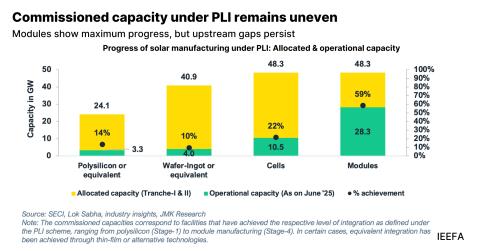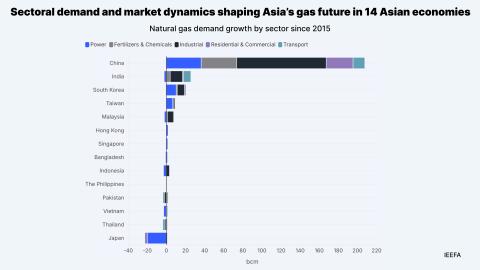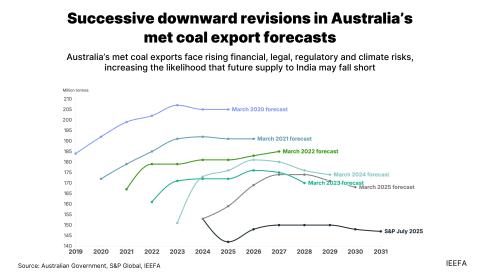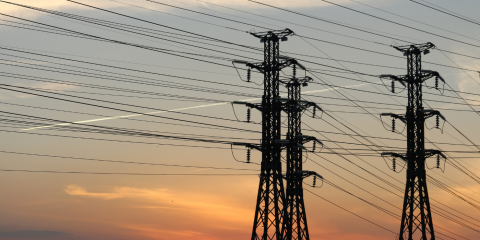LNG buildout in Mexico could mean rising risks for consumers in the U.S. and Mexico
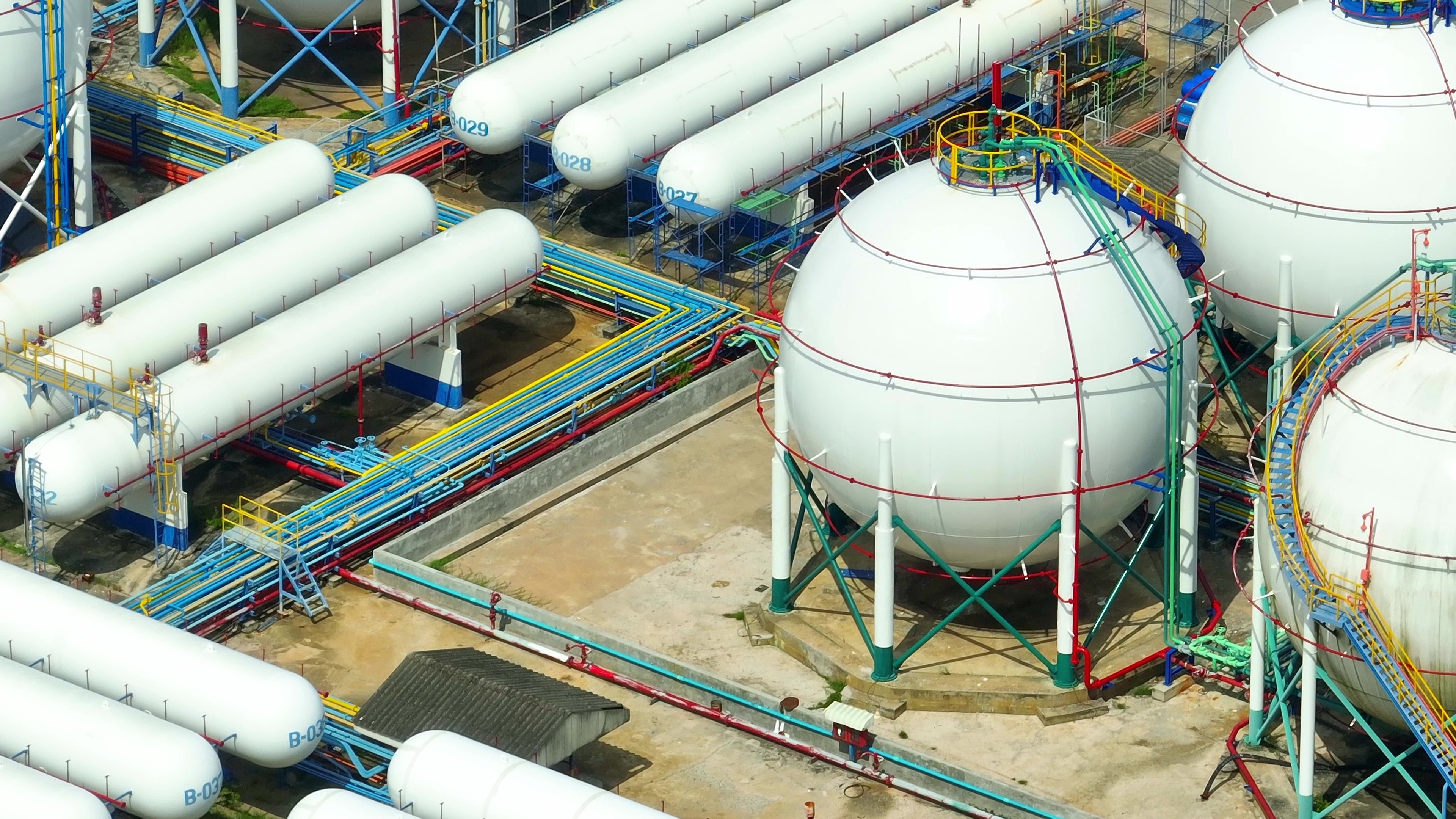
Key Takeaways:
A new report finds liquefied natural gas (LNG) boom in North America threatens to undermine the stability of the continent’s gas and electricity markets.
The Mexican LNG industry is at particular risk because of its reliance on the U.S. for natural gas that would be shipped to Asia.
Mexican LNG facilities are at elevated risk of market manipulation, trade disruptions, and extreme weather events that could limit their access to gas.
A glut in natural gas supplies raise the possibility of low prices, impaired profits, and reduced utilization that undermines perceived economic benefits of North American LNG export projects.
Gas industry analysts have known for more than a decade that LNG exports will boost North American gas prices. A new report from the Institute for Energy Economics and Financial Analysis (IEEFA) finds North America’s liquefied natural gas (LNG) boom will not only threaten to increase consumer bills but also jeopardize the long-term stability of the continent’s gas and electricity markets.
The report found that the Mexican LNG industry in particular faces the potential for disruption by forces outside of the country’s control, including extreme weather as well as trade, regulatory, and legal decisions in the United States.
The U.S. has opened eight massive LNG export terminals—industrial behemoths capable of shipping out almost 15% of the nation’s total gas production. One Mexican terminal that relies on U.S. gas came online last year, and a second Mexican LNG project is under construction. The LNG industry hopes to further expand its footprint, with dozens of new projects proposed on the U.S. Gulf Coast and on Mexico’s Pacific coast.
The meteoric rise in LNG exports, however, has exposed North America to the increased volatility and higher prices of global gas markets, raising serious concerns for the proposed buildout of Mexican LNG export terminals.
“Mexican policymakers should be aware that the LNG boom could cause pain for Mexican consumers, in the form of higher and more volatile prices for both gas and electricity,” said Clark Williams-Derry, IEEFA energy finance analyst and co-author of the report. “Gas consumers and policymakers in Mexico should be fully cognizant of the hazards that LNG exports pose to the stability of North American energy markets and should be wary of the LNG industry’s plans to build additional export terminals in Mexico.”
The U.S. LNG industry has targeted Mexico’s Pacific coast for new export plants, since it offers a shorter and cheaper route for U.S. gas to reach Asian markets. But Mexican policymakers would be well-advised to take a skeptical view of the expansion of the country’s LNG export industry. Facilitating the expansion of North American gas exports could cause significant disruptions in Mexican energy markets, including higher and more volatile prices for both natural gas and electricity.
In addition, Mexican LNG facilities are at elevated risk of market manipulation, trade disruptions, and extreme weather events that can limit the facilities’ access to gas. New LNG plants in Mexico also could open at a time when global LNG markets are saturated and oversupplied, leading to the possibility of low prices, impaired profits, and reduced utilization that undermines perceived economic benefits of these projects.



